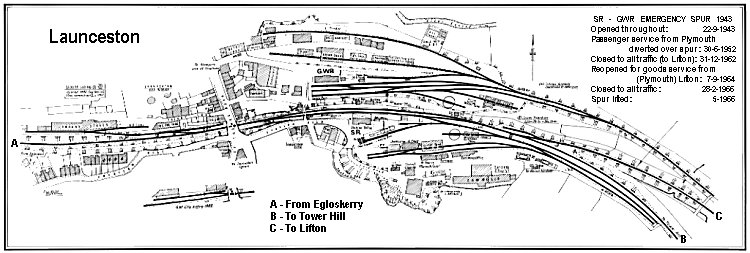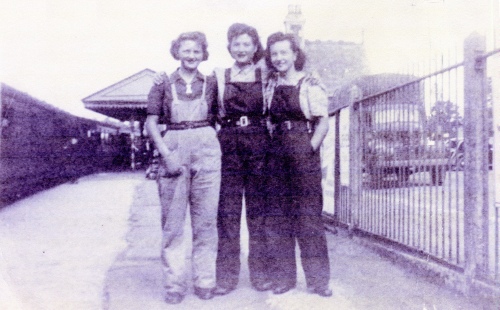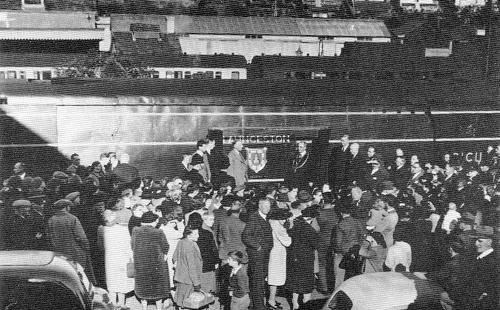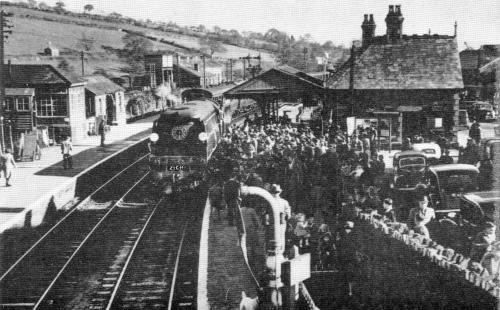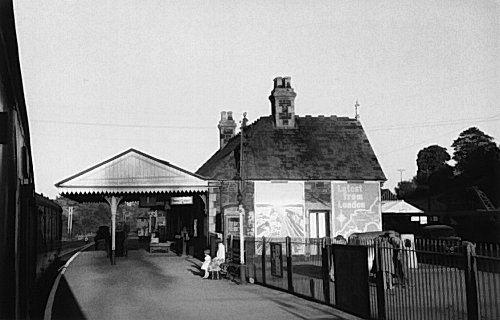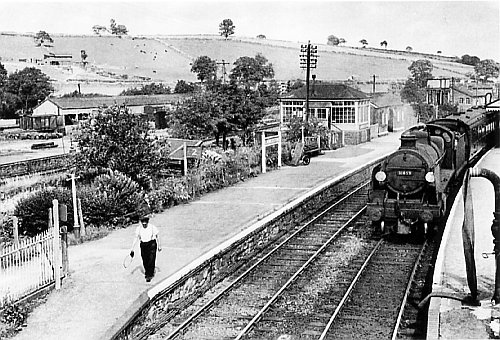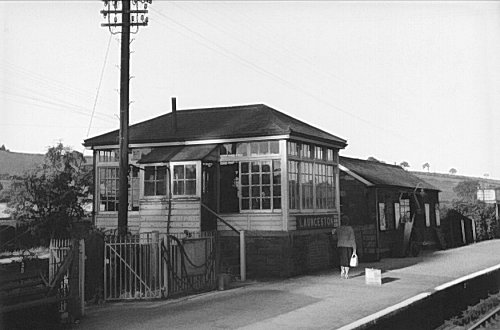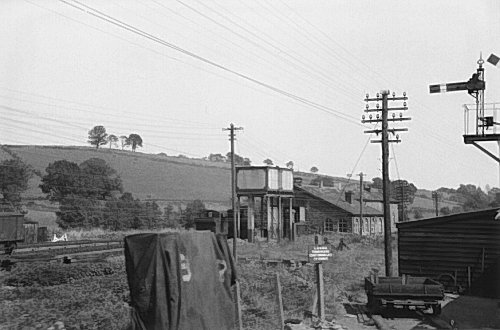The North Cornwall Railway
TOWER HILL TO LAUNCESTONLeaving Tower Hill the valley widens considerably and the railway had an easy path into Launceston, crossing the River Carey twice more in the process. Leaving the Carey immediately before Launceston, the line headed off on a low embankment for the River Tamar and the crossing it on a double span bridge into Cornwall, followed by a short climb at 1 in 94 to where the line crossed the River Kensey and then the Great Western Railway's line from Lifton and so into Launceston station, about 150ft above sea level and some 13m 54 from Halwill Junction.
Launceston (link to map of station area) station was at the bottom of the hill, with the old town and Norman castle at the top, more than 300ft above, despite the wishes of the Launceston committee that the line should run through the town. For hundreds of years Launceston, the ancient capital of Cornwall, had stood as the gateway to the county but the coming of the railways had by-passed it with the main route into the county being by the GWR's Royal Albert Bridge and the southerly route through Lostwithiel, St Austell and Truro to Falmouth, with later extension from Truro to Penzance. The importance of Launceston was declining fast, but this was arrested to some extent with the arrival of the GWR branch from Lydford in 1865 and the NCR main line from Halwill in 1886. The north side of the town grew around the station area, known as Newport, where extensive goods facilities were provided by both companies, who remained fiercely independent of one another with their own Signalboxes, locomotive facilities and, even, turntables. This started to change, however, during the First World War when the traffic of the two stations was amalgamated. The Station Master was always a LSWR/SR appointment but his staff remained as servants of whichever company they had joined with GW passenger guards wearing their GW uniforms but the shunting staff in LSWR/SR uniforms. At the beginning of January 1917 the GWR Signalbox was closed and the functions and staff moved into an enlarged LSWR Signalbox, a most unusual, but not unique, arrangement. Despite this there was no physical connection between the lines until, during the Second World War, a spur was put in for the use of munitions trains, effective from 19 September 1943. 
Left: A LSWR luggage label reproduced with thanks from the Mike Morant collection. When the Southern Railway introduced the light pacific class in 1945, all the early engines were named after places in the West Country and many had a naming ceremony at the place they were named after. Accordingly, on 1 November 1945, º21C117 LAUNCESTON was named in the station by Ald G E Trood, JP, the Mayor of Launceston. Following the 1948 formation of British Railways the ex-GWR station was known, from 1 January 1952, as Launceston North whilst the ex-SR station became Launceston South. Less than six months later, however, all Western passenger traffic started using the Southern station although the full layout of the Western station remained intact and was used for goods traffic. From 31 December 1962 the Western services were withdrawn and the line to Lifton was closed. However another reversal of fortunes occurred when all remaining goods facilities were withdrawn from the Southern line between Okehampton and Wadebridge on 7 September 1964 and the Western line to Lifton was re-opened for goods traffic only. This did not last for long, though, as from 28 February 1966 the goods services were withdrawn and the line to Lifton was lifted. Seven months later, on 1 October 1966, the last passenger trains operated and Launceston station, along with all the line north of Wadebridge, was closed.
|
